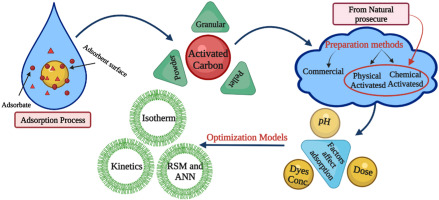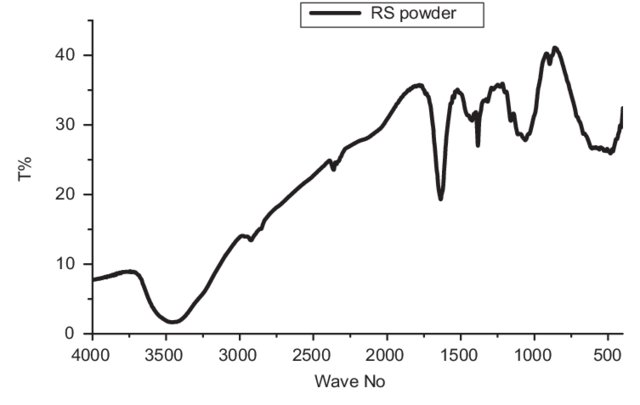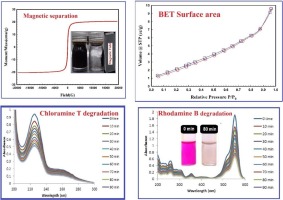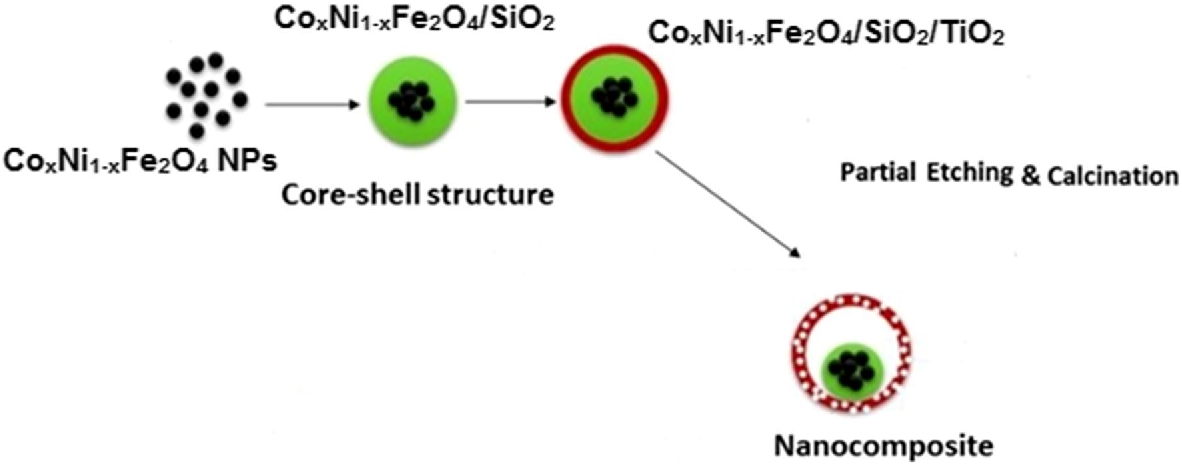Breadcrumb

Review of activated carbon adsorbent material for textile dyes removal: Preparation, and modelling

Myocardial segmentation using constrained multi-seeded region growing
Multi-slice short-axis acquisitions of the left ventricle are fundamental for estimating the volume and mass of the left ventricle in cardiac MRI scans. Manual segmentation of the myocardium in all time frames per each cross-section is a cumbersome task. Therefore, automatic myocardium segmentation methods are essential for cardiac functional analysis. Region growing has been proposed to segment the myocardium. Although the technique is simple and fast, non uniform intensity and low-contrast interfaces of the myocardium are major challenges of the technique that limit its use in myocardial

Valorisation of shrimp and rice straw waste into food packaging applications
The potential use of chitosan films as a replacement to synthetic polymers in food packaging applications is receiving remarkable attention due to their biodegradability and antimicrobial properties. This study presents the preparation of composite films from chitosan as polymeric matrices, and rice straw and nano rice straw fibres as reinforcements. The films were produced via wet mixing and casting techniques with various reinforcement contents (25–35 wt%). The aim of this research is to investigate the physical, mechanical, chemical, and thermal properties of the synthesized composite films
Experimental investigation of chitosan film reinforced by chitin fibers and chitin whiskers extracted from shrimp shell waste
An investigation has been made to predict the effects of fore body and after body chitin and chitosan are natural polymers that have many advantages, such as biocompatibility, biodegradability, healing acceleration, non-toxicity, and anti-infection properties. However, the use of pure chitosan films in many applications is limited due to their poor tensile strength and elasticity. Nevertheless, creating biocompatible and biodegradable high-strength composites is of interest to researchers. In this study, chitosan films were reinforced by the addition of chitin fibres and chitin whiskers with

Nanostructured Mg substituted Mn-Zn ferrites: A magnetic recyclable catalyst for outstanding photocatalytic and antimicrobial potentials
With recently increasing the environmental problems and expected energy crisis, it is necessary to synthesis a low-cost, efficient, and UV-light responsive photocatalyst for contaminants’ degradation. The nanostructured spinel ferrite Mn0.5Zn0.5-xMgxFe2O4 NPs (x = 0.0, 0.125, 0.25, 0.375 and 0.50) were synthesized via the sol-gel method. The crystallite size was lied in nano regime ranging from 21.8 to 36.5 nm. The surface chemical composition of the Mn0.5Zn0.5-xMgxFe2O4 NPs was investigated via XPS analysis. Mossbauer spectra showed that the peaks were shifted to higher values of the maximum

Nanocomposite matrix conjugated with carbon nanomaterials for photocatalytic wastewater treatment
The problem of hazardous wastewater remediation is a complicated issue and a global challenge. Herein, a layered Co0.5Ni0.5Fe2O4/SiO2/TiO2 composite matrix was prepared and incorporated with three carbon nanomaterials having different dimensionalities, carbon dots (C-dots, 0D), single-walled carbon nanotubes (1D), and reduced graphene oxide (2D), in an effort to create effective photocatalytic nanocomposites for chloramine-T removal from water. Microstructural analyses confirmed the formation of nanocomposites and revealed their chemistry and structure. Elemental mapping revealed a uniform

Layer-by-layer preparation and characterization of recyclable nanocomposite (CoxNi1−xFe2O4; X = 0.9/SiO2/TiO2)
Titanium dioxide (TiO2) nanocomposites have been extensively employed in many fundamental optoelectronic and photocatalytic applications due to their outstanding optical, electronic and chemical properties. In the present work, we introduce a simple layer-by-layer approach to design a magnetic TiO2 nanocomposite that could be easily recycled using an external magnetic field without affecting its quantum efficiency. The crystallinity, size, surface area, stability, morphology, purity and other optical, thermal and magnetic properties of the composite have been investigated. Surface topology
Recent Trends of Recycled Carbon-Based Nanomaterials and Their Applications
“There’s Plenty of Room at the Bottom: An Invitation to Enter a New Field of Physics” said Richard Feynman in 1959, this lecture opened the way to the new field of science which we know today as nanotechnology. Materials’ manipulation at a very small size, ranges from 1 to 100 nm (nanoworld or the nano-edge) is well-known as nanotechnology. Since then, a lot of investigations and research were devoted by many researchers around the globe to keep an eye on the different properties and behavior of nanomaterials. Materials with at least one nanoscale dimension are called nanomaterials that have

Aggrandize efficiency of ultra-thin silicon solar cell via topical clustering of silver nanoparticles
A highly efficient photovoltaic nanocomposite device is demonstrated by fabrication of structural clusters of silver nanoparticles (Ag NPs) on silicon solar cells via a boil deposition method. The efficiency of silicon solar cell was augmented by coating Ag NPs ultra-thin-film deposition on silicon solar cell. Chemically synthesized silver NP's, their consumption on a silicon thin layer and the operation of photovoltaic nanocomposite device were characterized by using several electron probe microscopic pectroscopic and spectrometric techniques viz. x-ray diffraction (XRD), scanning electron

Carbon-dot-loaded CoxNi1−xFe2O4; x = 0.9/SiO2/TiO2 nanocomposite with enhanced photocatalytic and antimicrobial potential: An engineered nanocomposite for wastewater treatment
Water scarcity is now a serious global issue resulting from population growth, water decrease, and pollution. Traditional wastewater treatment plants are insufficient and cannot meet the basic standards of water quality at reasonable cost or processing time. In this paper we report the preparation, characterization and multiple applications of an efficient photocatalytic nanocomposite (CoxNi1−xFe2O4; x = 0.9/SiO2/TiO2/C-dots) synthesized by a layer-by-layer method. Then, the photocatalytic capabilities of the synthesized nanocomposite were extensively-studied against aqueous solutions of
Pagination
- Page 1
- Next page ››
